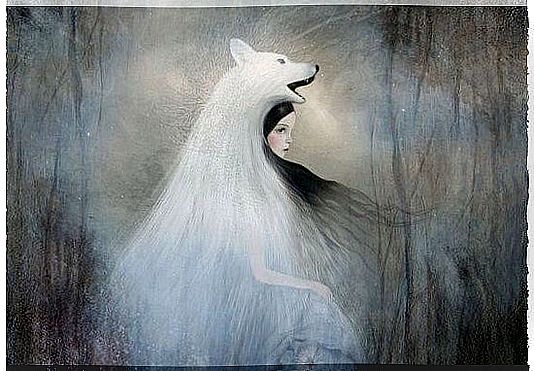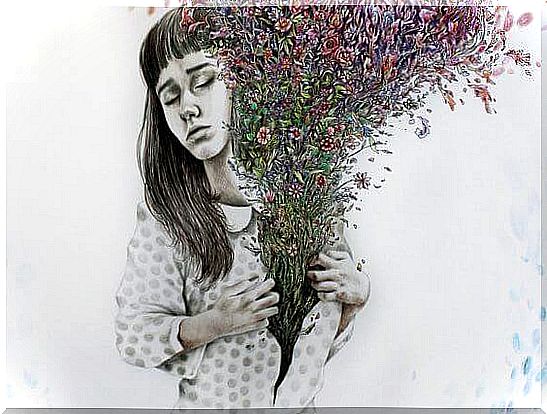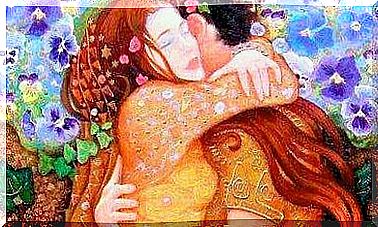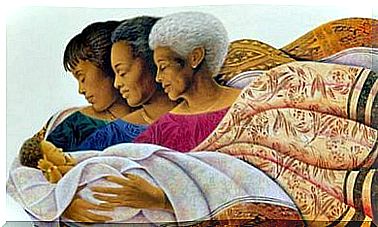When You End Up Imitating Those Who Hurt You

We are permanently exposed to getting hurt in relationships with others. A misunderstanding, an unusual situation or a lack of tolerance can lead to harm and conflict. But there are also experiences in which aggression and violence go further and that is when it is possible that we end up imitating those who harm us.
The expression “identification with the aggressor” was coined by Sandor Ferenczi and later taken up by Anna Freud, the two psychoanalysts and with somewhat different points of view. It was defined as a paradoxical behavior, which could only be explained as a defense mechanism, which consisted in the victim of an attack or damage ending up identifying with his aggressor.
Even in a scenario of terror and isolation, the attitude of the victim towards his aggressor can become pathological, when bonds of admiration, gratitude and identification with him appear.
A typical example of identification with the aggressor is the behavior of some Jews in Nazi concentration camps. There, some inmates behaved as their guards and abused their own companions. This behavior could not be explained as a simple way of ingratiating himself with his aggressors, even though they were his victims.
When you admire or love those who hurt you

A classic example of identification with the aggressor is the so-called “Stockholm syndrome”. This term is applied when the victims establish an affective bond with their captors during a kidnapping.
This syndrome has also been called “terrifying bond” or “traumatic bond.” It is used to describe favorable feelings and behaviors on the part of the victims towards their abuser and negative attitudes towards anything that goes against his mentality and intentions, despite the harm.
When someone is left at the mercy of an aggressor, high doses of terror and anguish appear, resulting in a childhood regression. This regression is experienced as a kind of feeling of gratitude towards the aggressor, in whom one begins to see someone who takes care of basic needs, so that the victim, in some way, becomes a child again.
The habitual way of an aggressor consists of intimidating the other, when this one is in defenseless conditions. In other words, the aggressor abuses his victim when he is vulnerable. At this point the victim is terrified and will hardly defend himself from harm. This behavior is due to the fact that the victim believes that if he submits, he has a better chance of survival.
The emotional bond
The emotional bond of the victim of bullying and abuse with the abuser is actually a survival strategy. Once the victim-abuser relationship is understood, it is easier to understand why the victim supports, defends, or even loves their abuser.

The truth is that this type of situation does not only occur when a kidnapping occurs. We also find this type of mechanism in various unfortunately more common situations.
An example is that of women who are victims of abuse. Many of them refuse to press charges and some even pay bail for their boyfriends or husbands, despite the physical abuse of them. They even come to clash with members of the police, when they try to rescue them from a violent attack.
There are conditions that constitute a breeding ground to promote identification with the aggressor. For example, when domestic violence or workplace harassment prevails. This mechanism is also activated in sporadic situations of violence, such as an assault or rape. Either way, life can become untenable if we don’t find a way to overcome the fact.
What happens is that this power displayed by the abuser is so feared that the person ends up imitating it, to compensate for the fear that a possible confrontation produces. An example of this is when someone is the victim of an armed robbery and later buys a weapon to defend themselves. His attitude legitimizes the use of the violence of which he was a victim.
From victim to aggressor
A person who has been abused runs the risk of becoming an abuser. This happens because the victim tries to understand what happened, but cannot. It is as if the personality is diluted in confusion and a void ensues. A void that little by little is filled with the characteristics of his aggressor and then identification with his perpetrator ensues.

It is worth clarifying that this entire process takes place unconsciously. It is as if an actor enters his character until he ends up becoming the “character” himself.
In this way, a chain begins that becomes a vicious cycle of violence. The boss violates the employee, this one his wife, she his children, these the dog and the animal ends up biting the boss. Or one people violates another and the affected person then feels that they have the right to also violate their aggressor. You think you are responding, but deep down you are imitating what you apparently reject.
Unfortunately, and in a high percentage, people who experience traumatic situations and cannot overcome them or do not seek help, are subjects that will potentially reproduce the trauma in others. For some this consequence may be obvious, for others it may be contradictory, but that is the reality.









